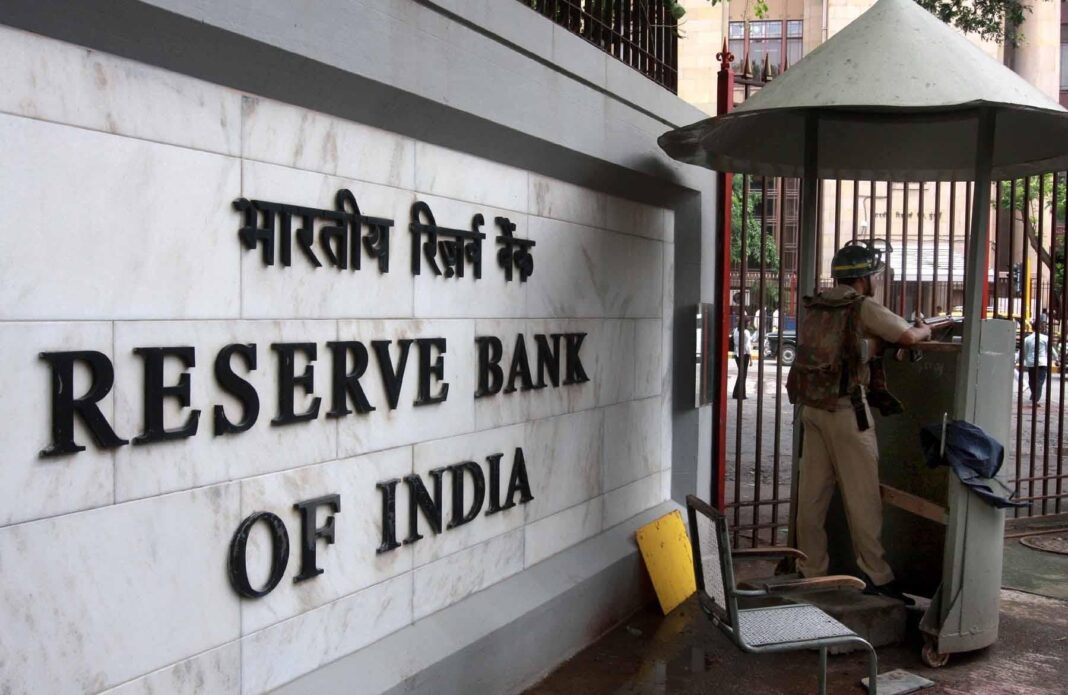[ad_1]
MUMBAI (Reuters) – The Reserve Bank of India’s (RBI) proposal to discourage banks from capitalising on penal charges and additional interest loan defaults could potentially weigh on lenders’ revenues going forward, Morgan Stanley said.
On Wednesday, the RBI issued a draft circular regarding charges related to loan accounts, aiming to promote transparency among regulated entities such as banks, for the disclosure of penalty interest.
The central bank observed that banks are levying higher interest rates on defaulters, over and above the applicable interest rates, on terms of which credit facilities were initially sanctioned.
“We believe there could be some negative revenue impact for banks,” Morgan Stanley analysts wrote in a research note.
“That said, it is difficult to assess the impact, given limited information available in the public domain.”
As a part of the draft guidelines, the RBI said that regulated entities cannot levy charges in the form of penalty interest.
Such entities cannot introduce any additional component to rate of interest if a default has occurred or if the borrower is non-compliant with the terms and conditions of the loan contract, the RBI said.
Further, the quantum of charges levied should be proportional to the default beyond a threshold, the central bank’s draft guidelines said.
Regulated entities shall also disclose penalty charges and related conditions in the loan agreement.
A board-approved policy needs to be framed while levying penal charges, the RBI added, saying the central bank’s final circular on the matter will state when all related instructions shall come into effect.
Morgan Stanley said it was waiting for clarity from banks on the potential impact of the circular.
However, Macquarie, in a separate note, said that their conversation with bankers revealed that the overall impact of the RBI’s regulations on revenues and profitability of lenders would be “minimal.”
These punitive interest charges are not a significant part of banks’ revenues, Macquarie said.
(Reporting by Siddhi Nayak; Editing by Nivedita Bhattacharjee)
[ad_2]
Source link



